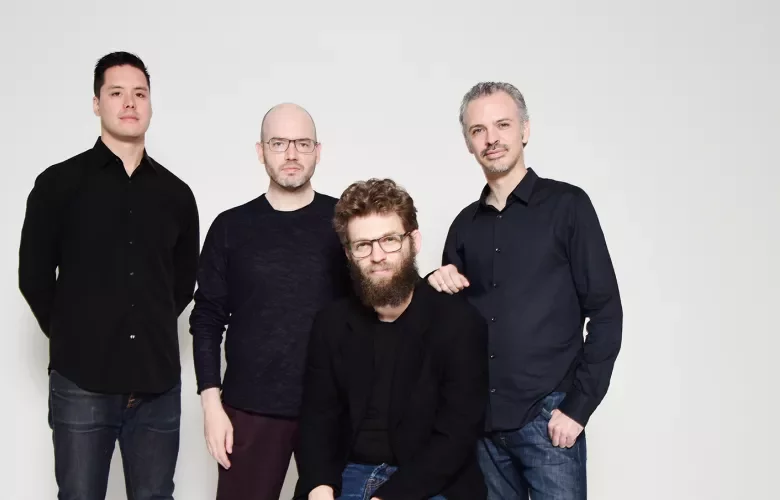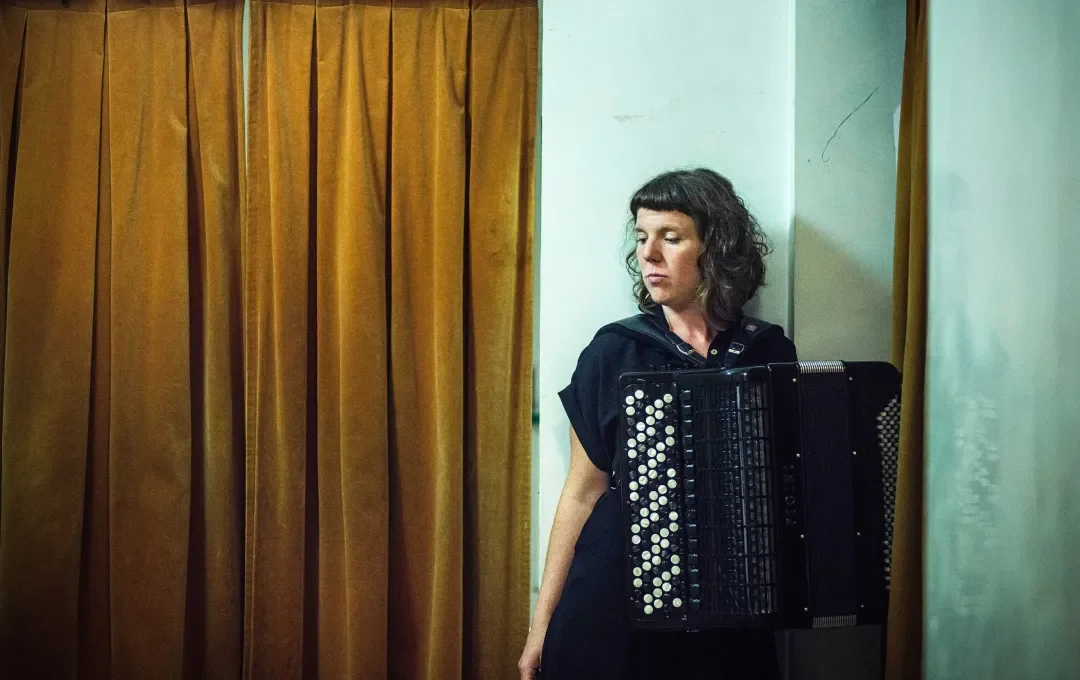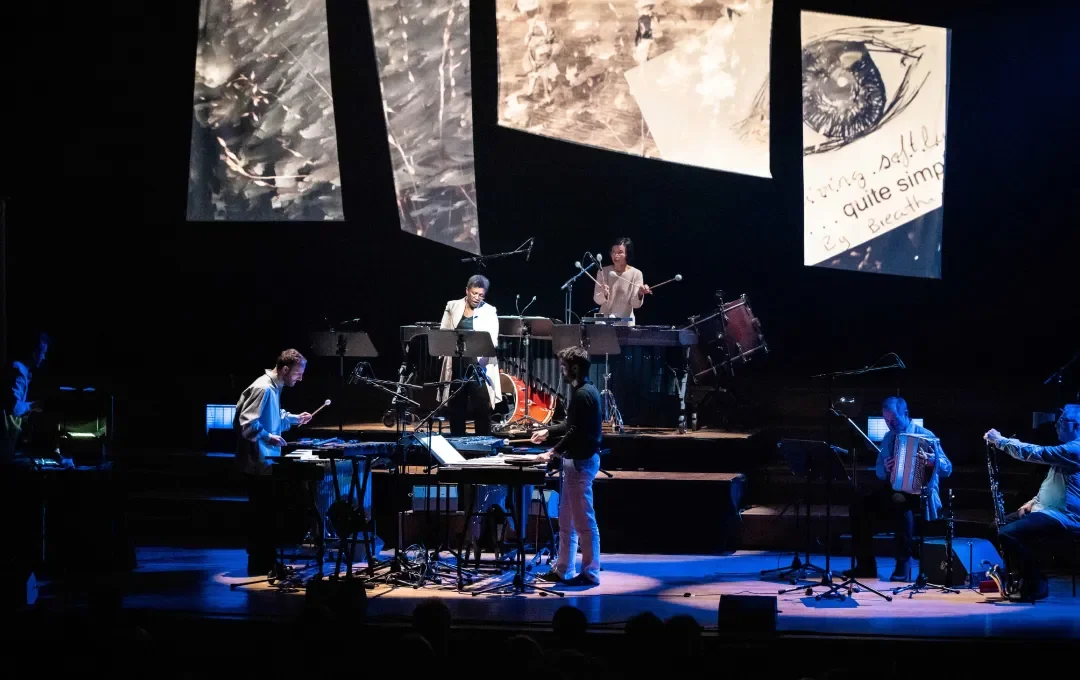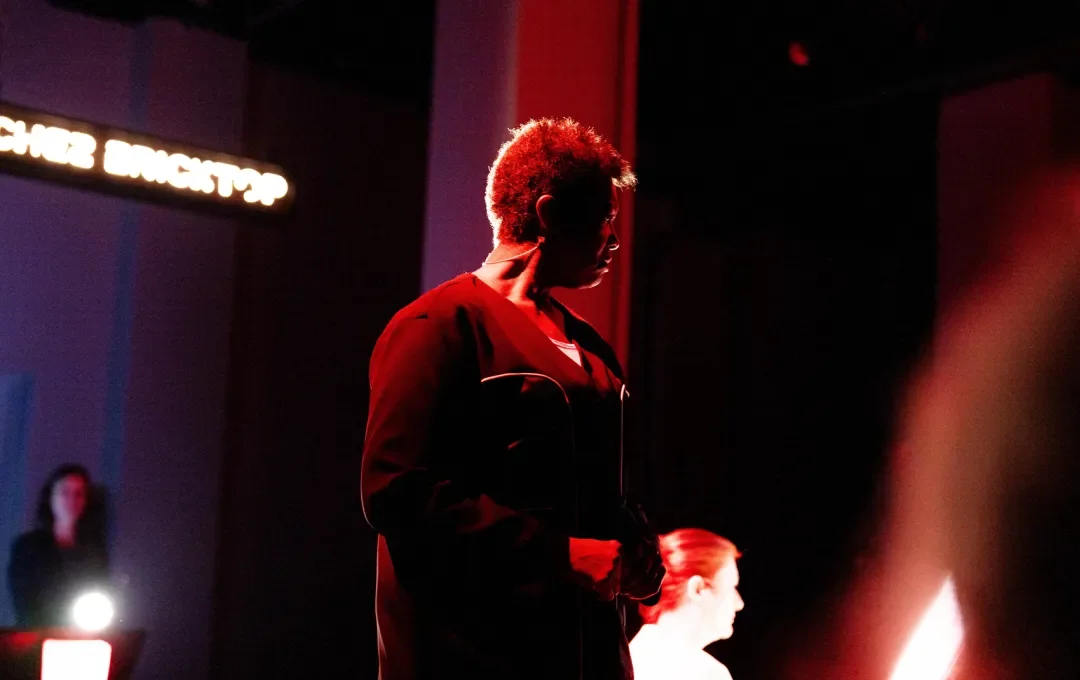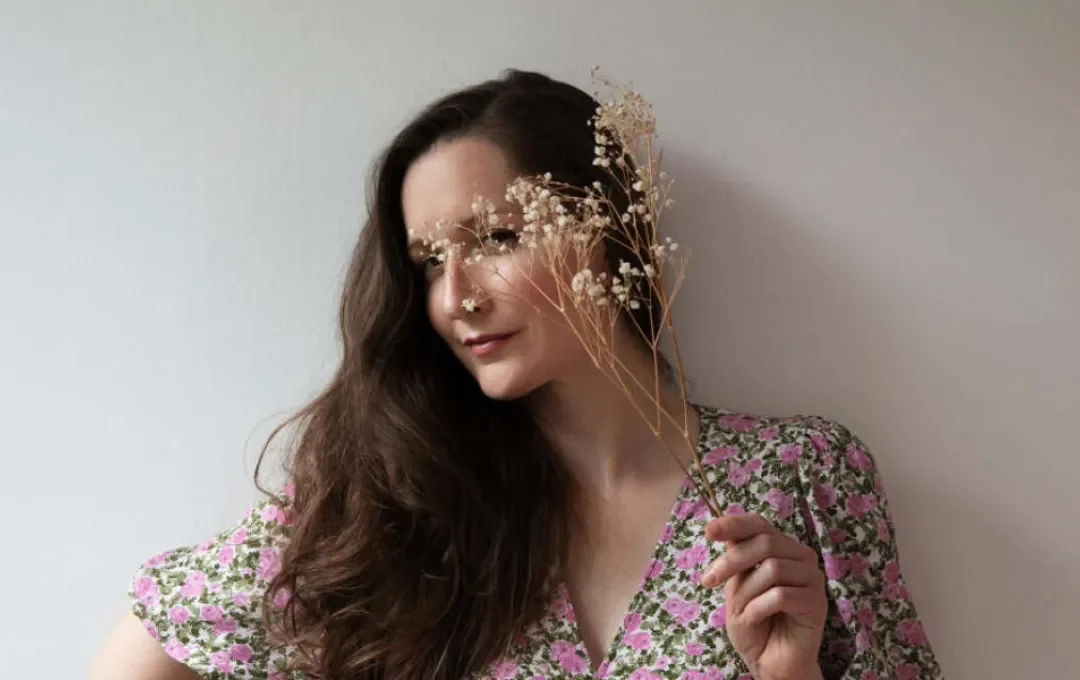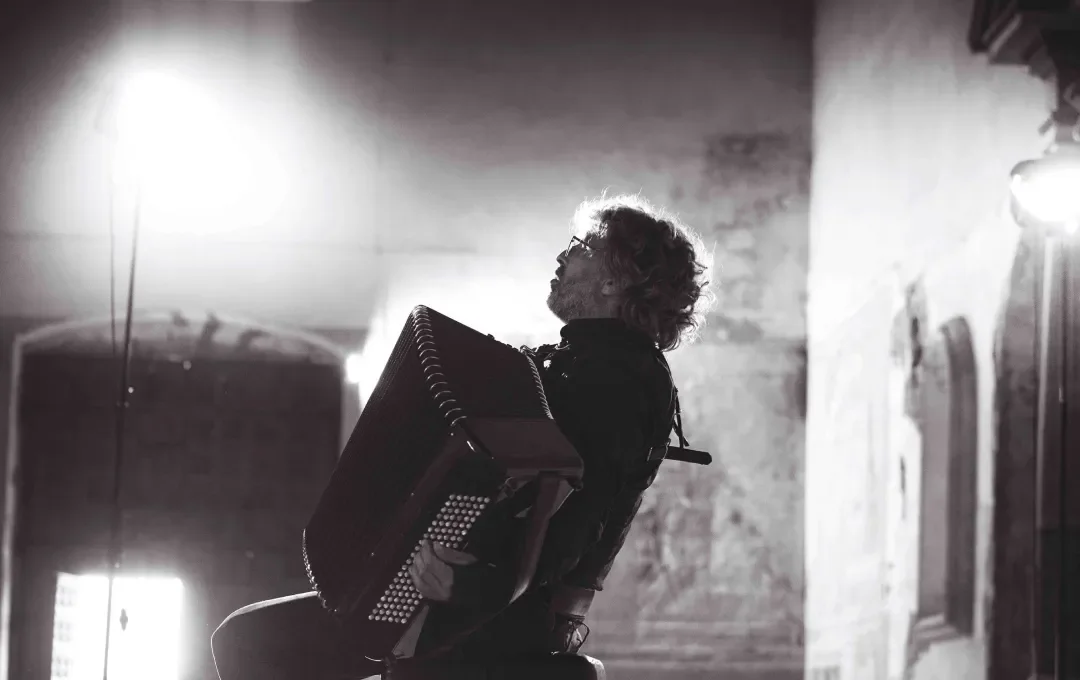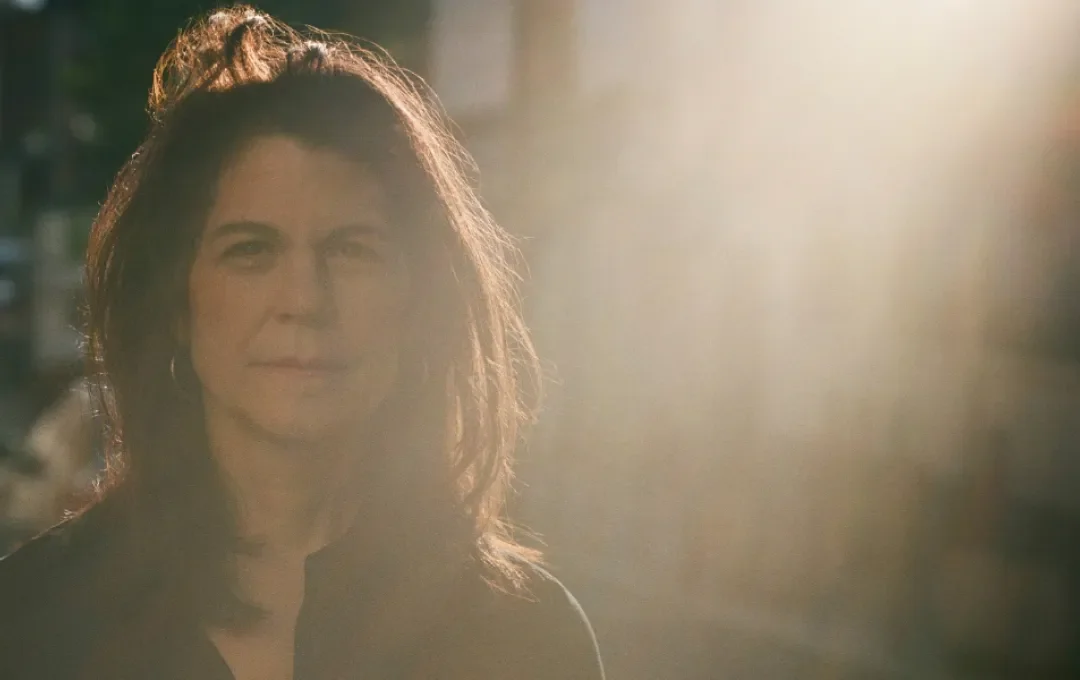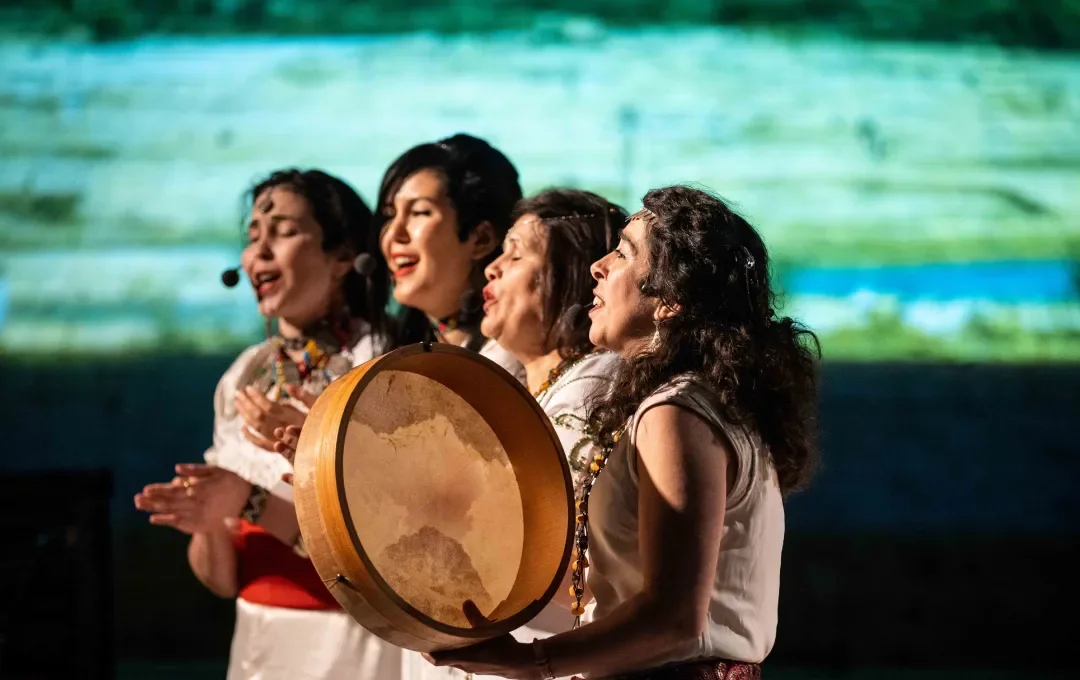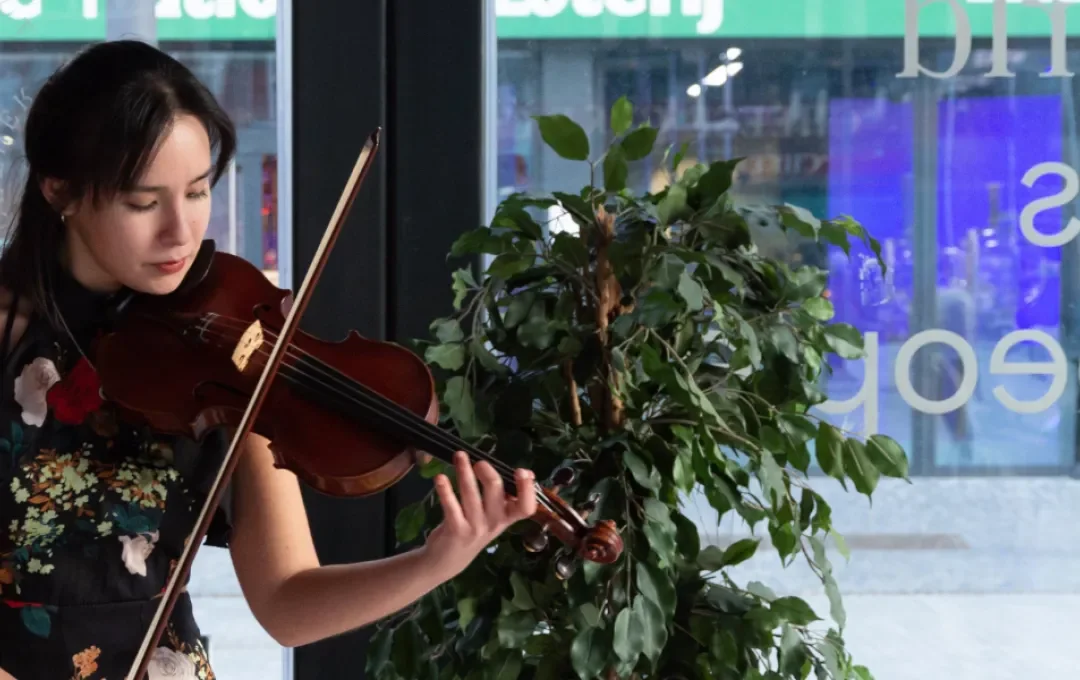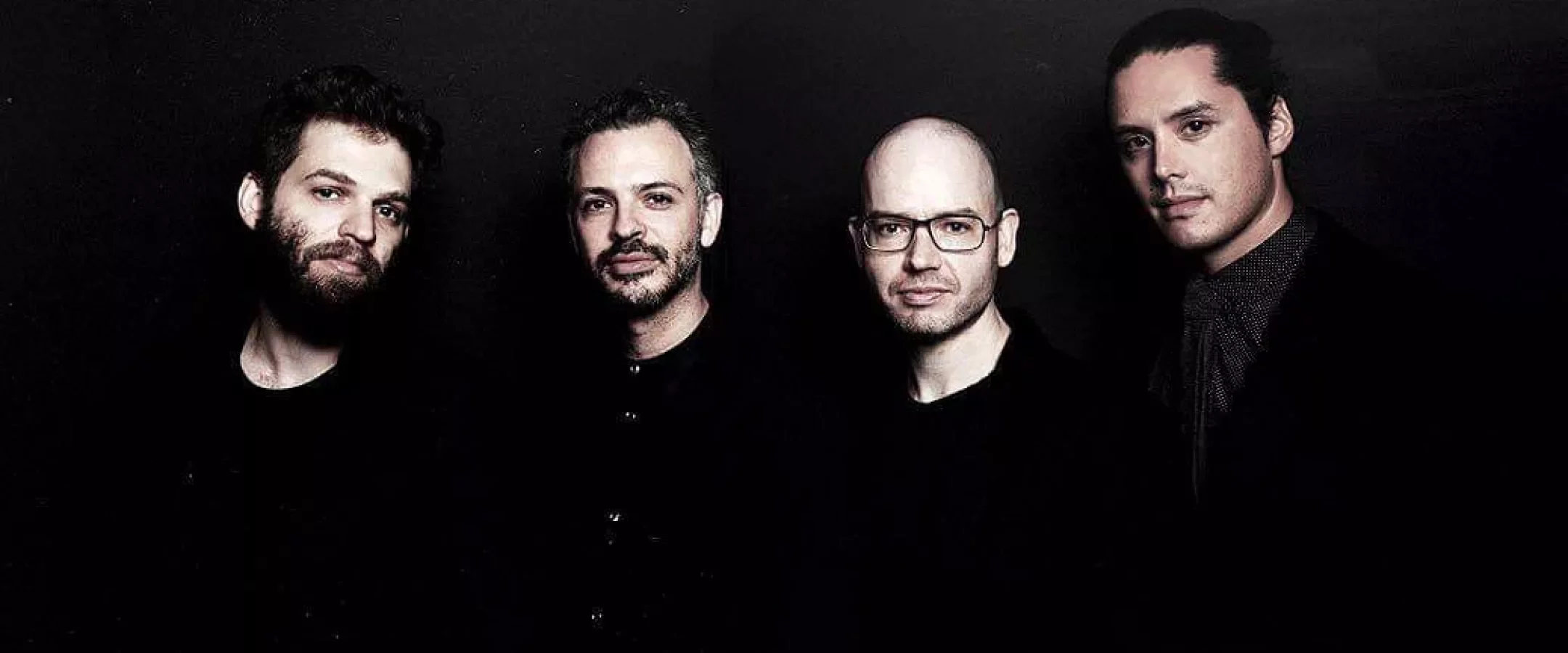
Every program Brooklyn Rider presents seems to convey a bigger narrative or dramaturgy. Why is that important to you as a string quartet and how did the idea originate behind The Four Elements?
Nicholas Cords : “For us, the idea of assembling a collection of established masterpieces just somehow isn’t satisfying. We’re always looking to merge old and new in what we do, and to deliver a narrative or frame to an audience. The process through which we decide on a program is very much a conversation between every member of the quartet. The idea behind the four elements emerged both as a reference to planet Earth, and as a metaphor for the conversation which is the string quartet. Four unique elements, each with its own elemental force, together become capable of producing a wide variety of things in both the physical and the musical universe.”
How did you end up selecting four chamber music works from the past 100 years that symbolise earth, fire, water and air?
Cords : “Some pre-existing works symbolically embody these elements to us. For example, Shostakovich’s Eighth String Quartet was written in the post-World War II era when he was visiting Dresden, which was almost entirely firebombed. The piece became a dedication to victims of fascism and war because of the incredible impression it made on Shostakovich. To us, it has a natural connection to fire. The same can be said of Dutilleux’s Ainsi la nuit: it just feels like it’s full of air. By that, I don’t just mean the space between notes; to us it’s essentially a piece about the mind, about musical memory. The way musical elements recur throughout the piece remind us of thought patterns, the weaving together of experience, all immaterial, happening in the mind. Osvaldo Golijov’s Tenebrae is a beautiful reflection of two contrasting experiences he had. After visiting Israel at a time of great strife and conflict, he returned to New York and passed by the planetarium at the American Museum of Natural History. There, he saw these incredible images from space of planet Earth and a feeling of peace came over him. In this piece he combined both contrasting experiences: zooming in and experiencing conflict, zooming out and witnessing something beautiful. Of course, what you mainly see from outer space when looking at planet Earth is water, which the music tells by the rippling of sound, of waves. To end with the element of earth: Ruth Crawford Seeger was a great composer of modernist music, but she also collected American folk songs along the way. She’s a bit like our American Bartók. Interestingly, the folk songs she collected are about animals, which to us represent earth. Colin Jacobson from our quartet reimagined these songs into a new musical composition.”
You also commissioned several new compositions inspired by the four elements. Should we interpret their answer as a call to action, considering the unnerving state of our planet?
Cords : “We assigned an element to each composer, but the approach was deliberately left open. The only thing we asked was to somehow place the idea of the four elements in the present, perhaps by drawing attention to a contemporary issue, or simply by admiring their beautiful and destructive force. In this project, we really do not want to tell the audience what to think or do. We want the music to create a shared experience from which people can have their own takeaway.”
During Klarafestival, you will be performing two of the four commissioned works: Hollow Flame by Akshaya Tucker and Aere senza stelle by Andreia Pinto Correia. How was it working with them and how did they turn fire and air into music?
Cords : “Akshaya Tucker is such an interesting composer. Just one of the many reasons we chose her was we wanted to feature composers under the age of 30. When we’re thinking about the future of our planet, I think we really have to give young people a voice. Hollow Flame conjures the destruction caused by recent wildfires in the state of California and all the way up and down the West Coast. In this piece, she imagines how the trees inhale carbon dioxide and release it into the atmosphere, which evokes a sense of uneasy breathing. Andreia Pinto Correia has written a piece about the dust storms that originate in the Sahara and whose frequency and severity are affected by climate change. The piece reimagines the string quartet as a sonic cloud, with swirling effects, but also a feeling of static. You could light a match with the tension that is in the air, like the moments before a storm. We premiered the piece at the Vail Dance Festival in Colorado and now Andreia is in the process of making a sizable revision to the piece. Akshaya equally delivered several drafts of the score and we got to work closely on the piece with her.”
Is that something you look for in a composer, an artistic dialogue?
Cords : “Yes, I guess we do. One of the things we love as a string quartet is to be very close to the source of creativity. We want to have a conversation; we want to feel that a composer becomes a member of our string quartet family. We’re not interested in dictating the composer what to write, but in exploring ideas together. Compared to an orchestra, a string quartet is very portable and flexible. Actually, one of the reasons why we chose the name Brooklyn Rider is because it doesn’t have “string quartet” in the title. To us, the descriptor string quartet communicates a somewhat fixed idea, whereas we wanted a name that communicates openness and generates conversation.”
Interview by Lalina Goddard
